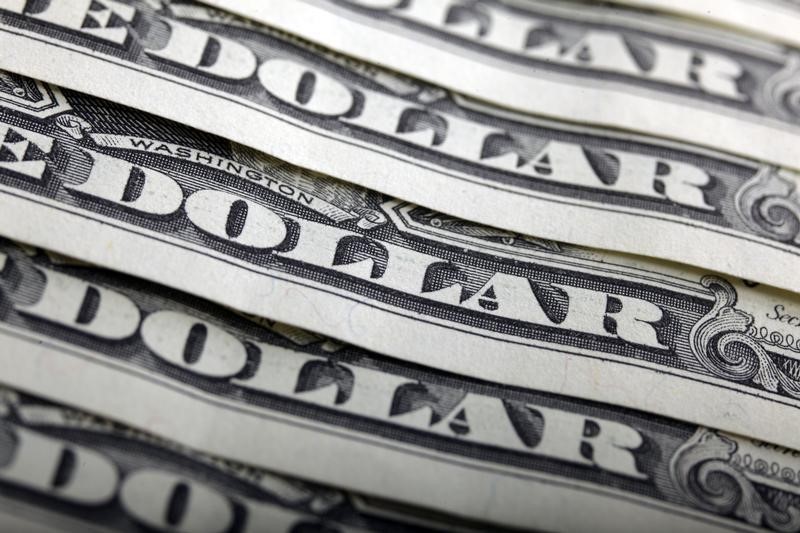Investing.com Investing.com – The dollar weakened in European markets on Tuesday (1st). Traders expect the Federal Reserve to signal that it will no longer significantly tighten monetary policy at its meeting on interest rates on Wednesday (2nd).
As of 17:37 Beijing time (05:37 a.m. EST), the U.S. dollar, which measures the trend of the U.S. dollar against six trade-weighted major currencies, fell 0.48% to 110.885; it fell 0.41% to 111.07. At the end of September, the U.S. dollar index had touched 114.78. Twenty-year high. The benchmark U.S. Treasury yield fell 9 basis points to 3.982%.
Monetary policy will end on Wednesday (2nd) local time, and the Federal Reserve is widely expected to raise interest rates by 75 basis points for the fourth consecutive time.
However, the size of the rate hike in December is still up for debate, with the market increasingly expecting signs of economic weakness that will persuade the Fed to agree to a modest rate hike, which is expected to be a possible 50 basis point hike by then.
Last week, it unexpectedly slowed the pace of rate hikes, raising the benchmark overnight lending rate by 50 basis points instead of the expected 75 basis points, and earlier on Tuesday by only 25 basis points, although the bank also raised its inflation forecast. and lowered its GDP forecast.
It rose 0.59% to 0.6435. Earlier data showed that it reached 7.3%, which was a 32-year high and exceeded expectations.
It rose 0.52% to 1.1529. On Monday (October 31), data showed that it reached 10.7%, a record high, supporting the European Central Bank to continue to raise interest rates, although it has raised interest rates by 75 basis points last week.
However, analysts at ING said, “As global growth comes under pressure from tightening interest rates and the Chinese economy, we think the euro zone and euro will continue to struggle. That’s why last Thursday’s EUR/USD high of 1.0089 may be significant.”
“A move back below the 0.9900/9910 area this week would support our overarching view for EUR/USD to retest lows around 0.95.”
It was up 0.3% at 1.1507. The monetary policy meeting will end on Thursday (3rd) with another rate hike widely expected given inflation.
It was down 0.69 percent at 147.68 after Japanese authorities confirmed that a record $42.8 billion was spent in October intervening in currency markets to support the yen.
Japanese Finance Minister Shunichi Suzuki also said again today that the authorities are closely monitoring market movements and will not tolerate “excessive currency volatility driven by speculative transactions.”
The exchange rate retreated from a 15-year high, down 0.37% to 7.2760.
[This article is from Yingwei Caiqing Investing.com, to read more, please log on to cn.investing.com or download Yingwei Caiqing App]
Recommended readingread
Compilation: Liu Chuan
